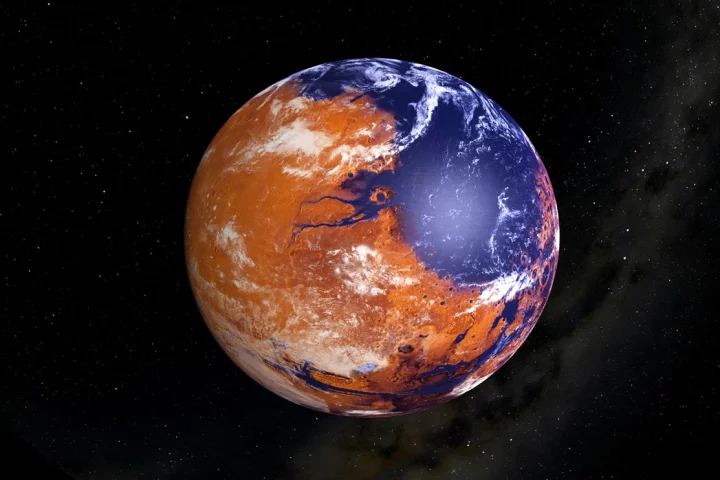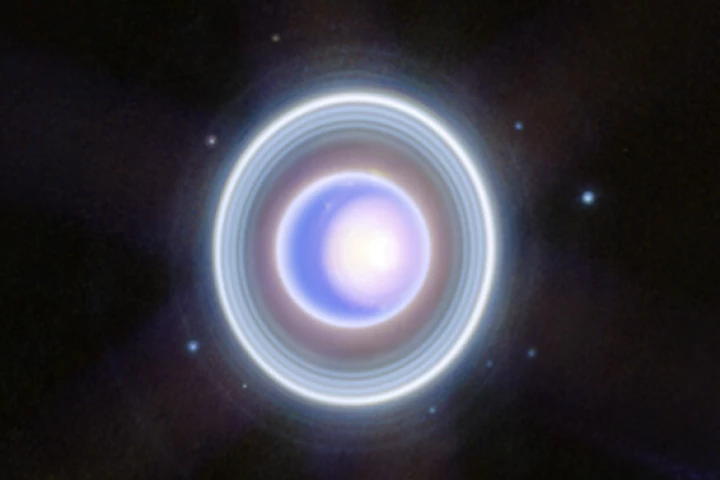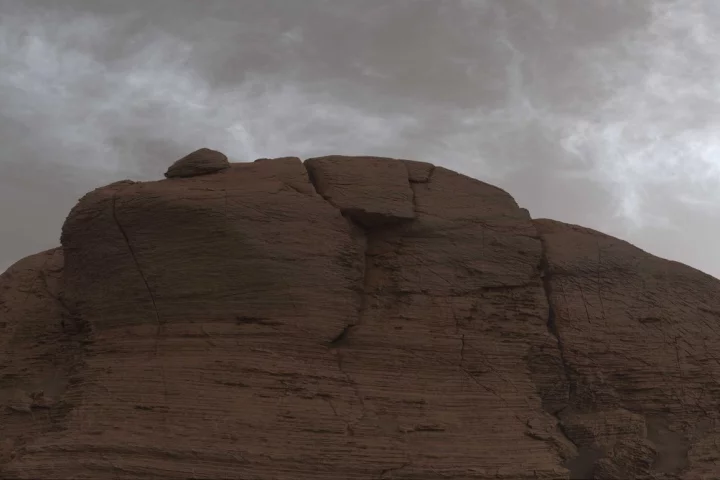Curiosity Rover
-
New discoveries by NASA's Curiosity Mars rover may not only explain why the Red Planet is a dry, lifeless desert, but that it may have been on an inevitable path to being a dead world despite being so similar to Earth. And the Sun is to blame.
-
Data from NASA's Curiosity rover collected on Mars is shedding new light on how the Red Planet became uninhabitable in the distant past due to a changing climate that caused the surface water to evaporate or be locked away as ice.
-
Space is one of the most versatile and photogenic subjects, and this year was no different. From a sunrise captured by the International Space Station to the most distant star ever observed, here are some of the best space photographs taken in 2023.
-
NASA’s Curiosity rover has discovered opal on Mars. The deposits may prove to be valuable to future Martian explorers not as jewelry but as a potential source of water.
-
NASA’s Curiosity rover has detected high amounts of an unexpected form of carbon on Mars. That might not sound too exciting, but the kicker is that here on Earth, this chemical signature is usually associated with life.
-
NASA’s Curiosity rover has been exploring Gale crater for nine years, studying sediments that look an awful lot like those left behind from an ancient lake. But new research from the University of Hong Kong proposes a much drier explanation.
-
A team of NASA scientists may have resolved a mystery surrounding disappearing methane on Mars, that may hint at the presence of life. The gas was detectable by NASA’s Curiosity rover, but absent in readings taken by an orbiting ESA spacecraft.
-
NASA's Curiosity rover has captured a rare perspective of shimmering clouds on Mars at an unexpected time and location, which will help scientists better understand the reasons behind their formation.
-
Mars may be incredibly dry and dusty today, but evidence is piling up that it was once a watery world. Now the Curiosity rover has found signs of an ancient flood of biblical proportions, most likely kicked off by a climate-changing asteroid impact.
-
For over a year, NASA's Curiosity Mars Rover has been investigating the clay-bearing unit in the Gale Crater. Now the intrepid explorer is on the move, starting a summer-long journey to a higher part of Mount Sharp dubbed the "sulfate-bearing unit."
-
Organic compounds have been discovered on Mars in recent years. A new study examines the different ways that one type in particular, thiophene, may have formed, and intriguingly one of the most plausible scenarios involves ancient microbial life.
-
NASA has used Curiosity's cameras to capture many images of Mars since touching down on the Red Planet, but none quite as detailed as this, a new panorama showing the rugged Martian landscape through a grand total of 1.8 billion pixels.
Load More











